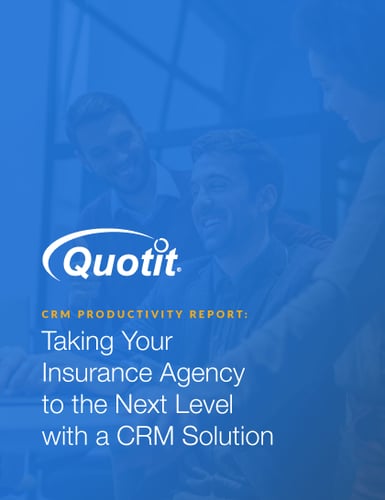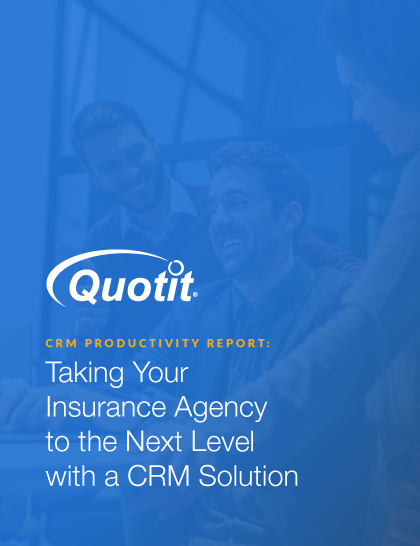1. Close ratios
How many deals do you close compared to how many prospects you pitch? If you’ve tried to sell to 100 prospects and only 10 convert, you have a 10 percent close ratio. According to one report,
a closing rate of 50-70 percent is great in insurance. If you’re tracking lower than that range, you may need to refine your sales approach or coach your agents.

2. Percent of leads worked and time to contact outbound leads
How many leads do your agents actually follow up with? On average, how long does it take your team to contact outbound leads? For the best results, you’ll want to work with a high percentage of your leads and contact all of them as quickly as possible.
3. Length of the sales cycle
Are your agents able to close deals quickly? Or do most sales take weeks—or even months—to close? The shorter your sales cycle is, the healthier your bottom line will be.
4. Sales call volume
If your outbound sales team isn’t picking up the phone that often, can you really expect to grow your business? Tracking sales call volume will help you figure out which members of your team are making enough calls and who can afford to dial a few more numbers each month. Generally speaking, the more calls your team makes, the more deals you’ll close.
5. Cost per sale
How much money is your agency or brokerage spending on each new client? Cost per sale is a metric that includes direct labor costs, advertising costs, commissions, and more to determine how much your agency is paying to close each deal. The lower your cost-per-sale metric is, the better.
6. Client retention rates
It’s much easier to sell to an existing client than a new one. The goal of every profit-driven business should be to maximize client retention rates because that’s the ticket to financial well-being. Believe it or not, according to a Harvard Business Review article, a 5 percent increase in customer retention rates can translate into a 95 percent increase in profitability! Whatever your customer retention rate is, your brokerage or agency should be working around the clock to improve it.
7. Disposition activity
The more information you keep track of, the better the business outcomes you’ll experience. Leading CRM tools help you stay on top of all kinds of disposition activity, including the life of leads, policy pieces, agent of record, coverage type, coverage by vendor, and more. Use this data to get a bird’s-eye view of your operations and find out whether certain changes might make sense. For example, if you find out that the bulk of your policies are coming from the same company, perhaps you can work out a more beneficial deal with that carrier.
By tracking all of these critically important metrics, you can run all kinds of reports and leverage that data to continuously improve your operations.


